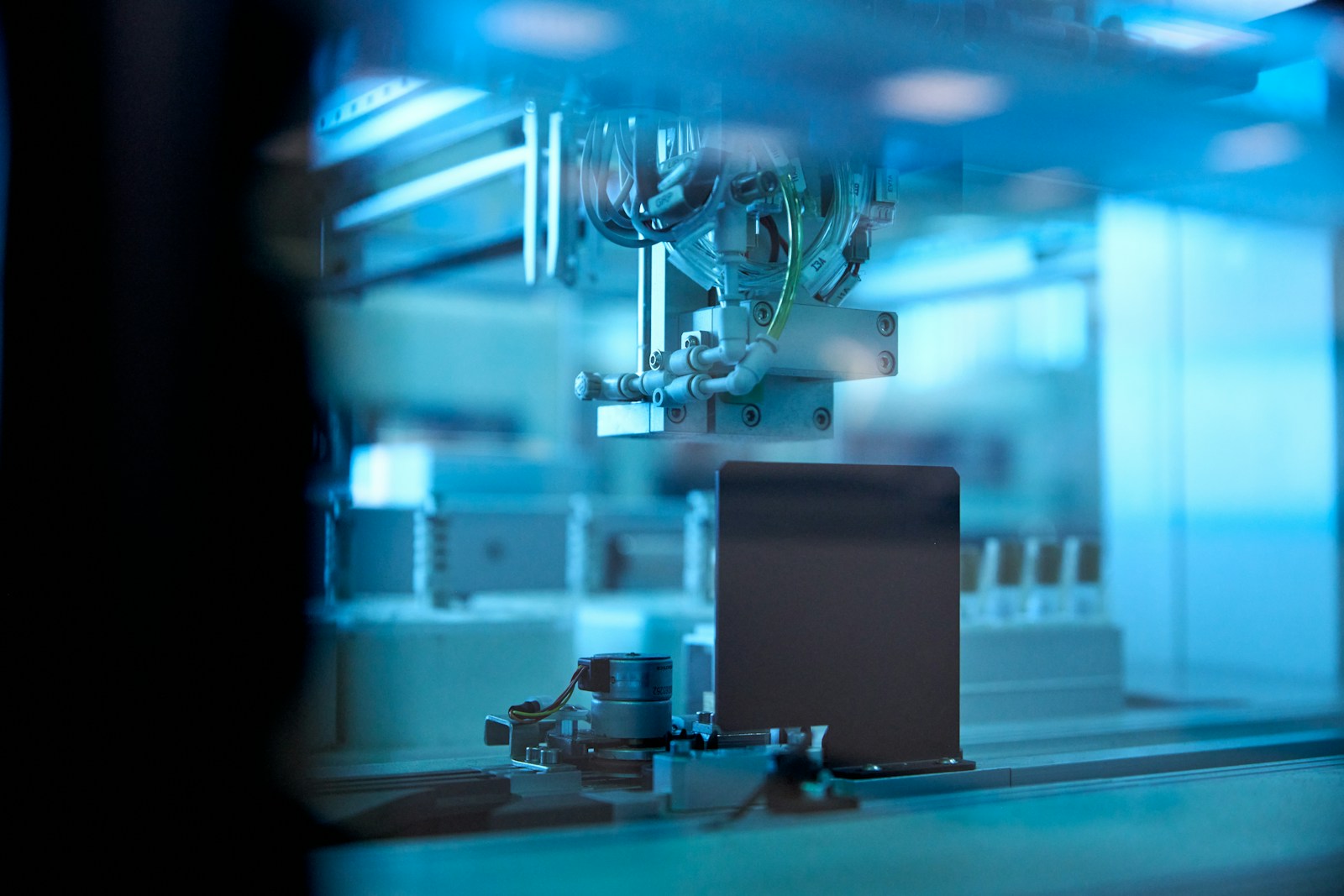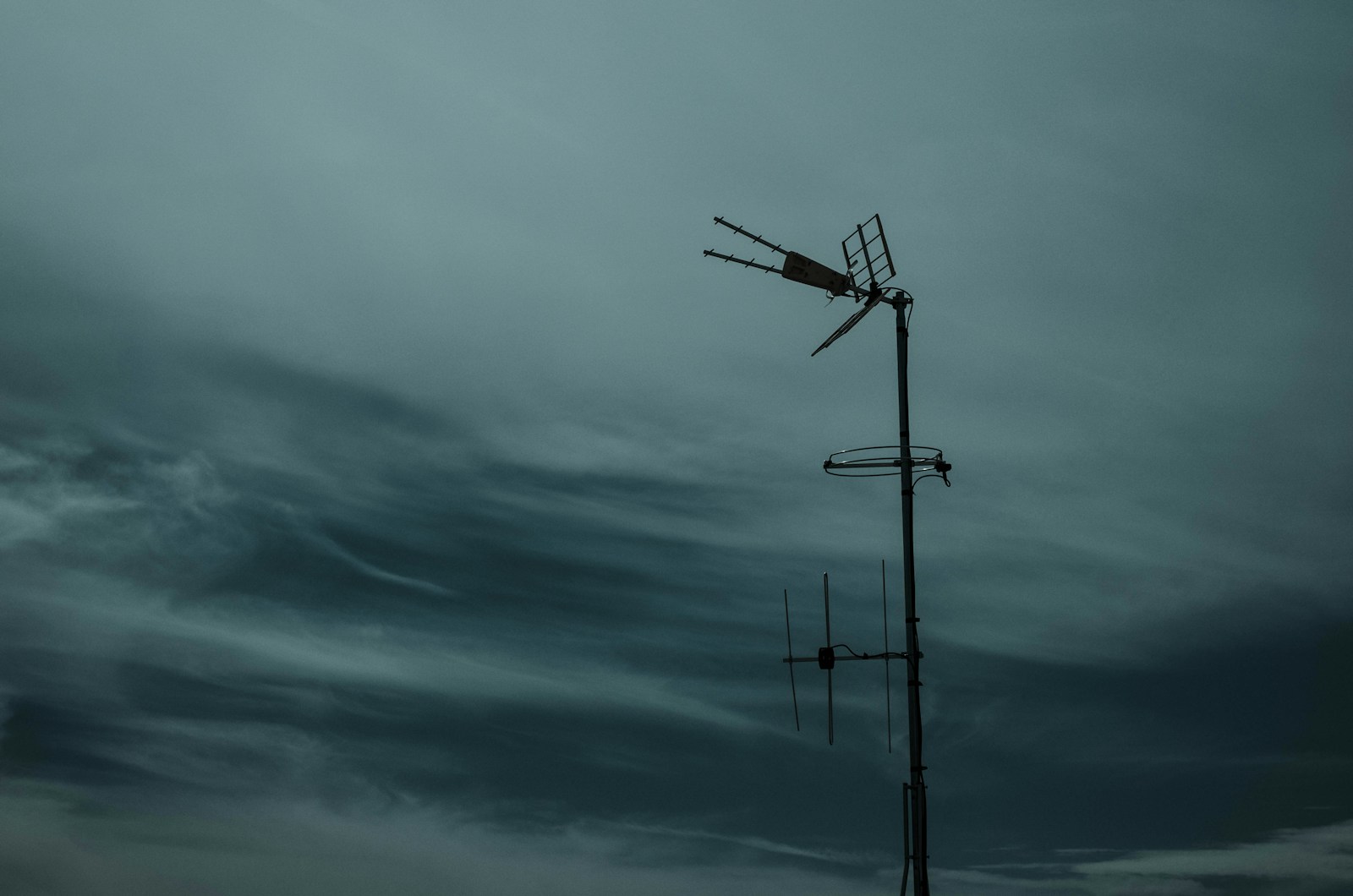In regions prone to severe weather, wildlife protective devices must meet rigorous standards to ensure long-term durability and functionality. The IEEE 1656 wildlife protective devices guide provides valuable insights for testing these devices under unusual service conditions IEEE. This article explores key tests that address the IEEE testing for harsh environments and the benefits of adhering to these standards.
IEEE Testing Guidelines for Unusual Service Conditions
IEEE 1656 testing guidelines focus on ensuring that devices can withstand both usual and unusual service conditions.
According to IEEE 1656 usual service conditions include:
- Ambient temperature is not above 40°C or below -25°C
- Sustained winds do not exceed 97 km/h
- Industrial, salt air, or agriculture contamination is minimal.
In contrast, IEEE 1656 states unusual service conditions include:
- Conditions that exceed the usual conditions defined in section 4.1 of the guide (the conditions mentioned above)
- Salt air or significant contamination
- Damaging fumes or corrosive liquids
- Excessive or abrasive dust
The IEEE guidelines do not provide pass/fail criteria, meaning manufacturers must interpret results based on the product's expected service conditions. This approach encourages a deeper evaluation of products' resilience to specific environmental factors according to each utilities needs. However, the principles of unusual service conditions testing can be applied to properly evaluate if a product can withstand your networks environmental conditions.
Cold Temperature Testing
IEEE 1656 cold temperature test can serve as an effective evaluation for regions where freezing could impact device performance. This test should be performed on the finished product rather than a material sample to determine if all components can withstand the determined temperature range (i.e. if plastic fingers or buttons crack and fall off after becoming brittle the product would not be deemed suitable). IEEE 1656 does define a failure marker for this test as "the presence of any crack or split created by repeated installations that can be seen by the naked eye under normal laboratory lighting conditions or the inability of the sample to be reinstalled." By implementing a protection system that meets the temperature requirements of the networks, utilities are better equipped to ensure electrical safety in unusual conditions and prevent material brittleness or failure. Devices that pass these tests offer better protection and durability, especially in areas with extreme cold.
Ultraviolet (UV) Aging
While the IEEE 1656 UV aging does not define any pass/fail criteria it serves as a useful evaluation in both subjectively evaluating a materials ability to endure general sun exposure as well as quantitatively evaluating material strength when combined with other tests (i.e. performing ultraviolet aging before and after other tests to evaluate change in material strength due to UV exposure). While IEEE 1656 recommends testing the entire finished product, by testing equally sized material samples (i.e. material coupons) results can be much more consistent and the strength of the material can be consistently evaluated when the surface has had equal exposure. UV radiation can weaken devices by causing cracking or fading, performing this test ensures long-term functionality, aligning with wildlife mitigation standards in IEEE 1656 guidelines for unusual service conditions.
Salt Fog Aging
Electrical equipment testing standards in coastal or industrial regions include salt fog aging to simulate corrosive salt exposure. This test, which can be performed on smaller, coupon-sized materials for consistency, helps assess material degradation. Salt fog aging is crucial for regions with highly contaminated air or situated near the ocean/seaside. This test can be combined with other mechanical tests in order to determine whether the material would maintain its other properties after significant time in the field. Products that pass those tests after salt fog aging, show better resilience in harsh conditions.
Wind Speed Testing
Wind speed testing, as outlined in IEEE testing for harsh environments, is one of the most challenging. While finding suitable equipment may be difficult, IEEE 1656 recommends testing the entire product in a wind tunnel. Passing this test according to the needs of a utility network is crucial for regions prone to high winds, such as those hit by hurricanes. Wind can damage wildlife protective devices or cause detachment, risking wildlife and electrical infrastructure. Wildlife devices should meet or exceed the same wind resistance standards that other installed equipment on the network meets. IEEE 1656 guidelines for unusual service conditions testing ensure devices stay functional during consistently severe wind events, enhancing both electrical safety in unusual conditions and wildlife protection.
The Importance of Quantitative Testing
A limitation of the IEEE 1656 guideline is the lack of specific pass/fail criteria, leaving manufacturers to define their own success metrics. This makes quantitative testing crucial, particularly for measuring material breakdown under unusual or extreme conditions. For example, wind tunnel testing helps determine how much stress a device can withstand before failure. While challenging, rigorous quantitative testing ensures compliance with wildlife mitigation standards and effectively reduces failure risks.
Benefits of Completing IEEE 1656 Service Conditions Testing
Completing IEEE 1656 testing for harsh environments offers significant benefits for manufacturers. Devices that meet electrical equipment testing standards for cold, salt fog, UV, and wind are more durable, require less maintenance, and experience fewer failures. In severe weather regions, products that are evaluated based on IEEE 1656 guidelines for unusual service conditions testing ensure wildlife and electrical system protection, long-term asset protection, and minimize costly breakdowns.
Conclusion
Testing for unusual service conditions IEEE 1656 is a critical step in ensuring that wildlife protective devices can withstand harsh environments. At Rauckman Utility Products, we are proud to offer materials that meet and exceed many of the conditions in IEEE 1656. For more information, click here to get in contact with one of our representatives.



